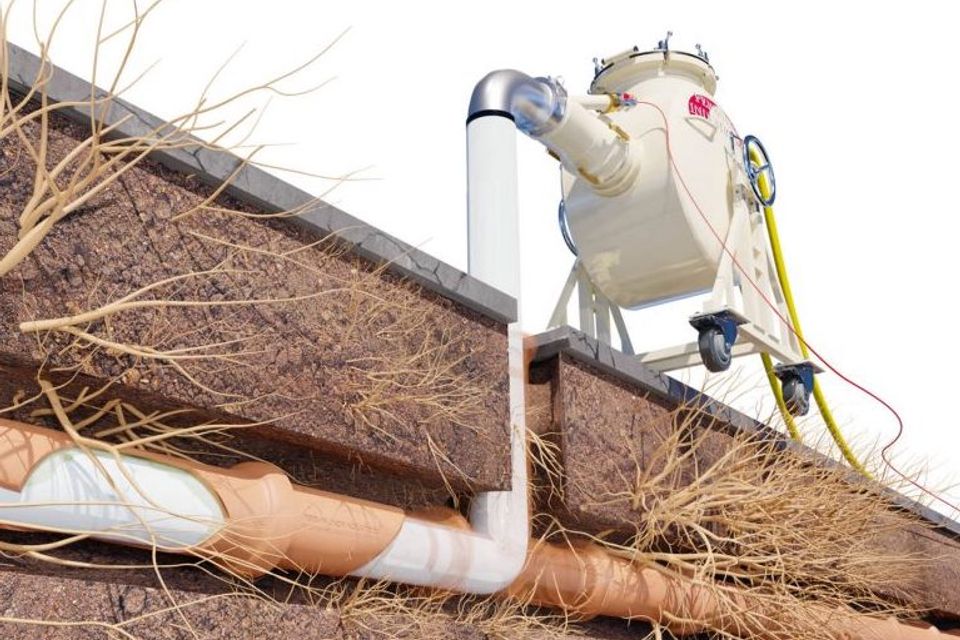In the world of plumbing, innovations are constantly reshaping the way we approach pipe repair and maintenance. Traditional methods often involve extensive excavation, disruption, and costly restoration, but advancements in trenchless technologies offer a more efficient, cost-effective, and environmentally friendly alternative. Among these innovations, trenchless pipe lining has emerged as a game-changer, revolutionizing the way we rehabilitate aging or damaged pipelines. In this blog, we'll explore the concept of trenchless pipe lining, its benefits, and why it's considered the future of pipe repair.
What is Trenchless Pipe Lining?
Trenchless pipe lining, also known as cured-in-place pipe (CIPP) lining, is a method of rehabilitating existing pipelines without the need for extensive excavation. This innovative technique involves inserting a flexible liner coated with resin into the damaged pipe and curing it in place, creating a new, seamless pipe within the existing one. By utilizing existing access points such as cleanouts or manholes, trenchless pipe lining minimizes disruption to landscapes, structures, and surrounding utilities, making it a preferred choice for homeowners, businesses, and municipalities.
Benefits of Trenchless Pipe Lining:
1. Minimal Disruption: One of the most significant advantages of trenchless pipe lining is its minimal disruption to the surrounding environment. Unlike traditional excavation methods, which require digging trenches and disrupting landscapes, trenchless pipe lining allows repairs to be performed with minimal disturbance to property, reducing inconvenience and preserving aesthetics.
2. Cost-Effectiveness: Trenchless pipe lining can offer cost savings compared to traditional excavation methods. By eliminating the need for extensive digging, trenchless repairs reduce labor, equipment, and restoration costs, making it a more economical option for homeowners and property owners.
3. Faster Turnaround Time: Trenchless pipe lining can be completed more quickly than traditional excavation methods, minimizing downtime and disruption to daily routines. Repairs can often be completed in a matter of hours or days, allowing homeowners to restore their plumbing systems and resume normal activities with minimal delay.
4. Environmentally Friendly: Trenchless pipe lining is an environmentally friendly solution that minimizes disturbance to ecosystems, reduces waste generation, and conserves natural resources. By avoiding the excavation of large trenches, trenchless repairs help mitigate the environmental impact of pipe rehabilitation projects.
5. Long-Term Durability: Trenchless pipe lining creates a durable, corrosion-resistant lining within the existing pipe, providing long-term protection against leaks, corrosion, and structural deterioration. Lined pipes are less prone to future issues, reducing the need for frequent repairs or replacements and extending the lifespan of the plumbing system.
The Future of Pipe Repair:
As aging infrastructure and increasing environmental concerns drive demand for more sustainable and efficient pipe repair solutions, trenchless pipe lining is poised to play a pivotal role in the future of pipe repair. With its ability to minimize disruption, reduce costs, and provide long-lasting results, trenchless pipe lining offers a compelling alternative to traditional excavation methods. As technology continues to evolve and improve, we can expect to see further advancements in trenchless technologies, paving the way for a more sustainable and resilient infrastructure system.
Conclusion:
Trenchless pipe lining represents a significant advancement in the field of pipe repair, offering homeowners, businesses, and municipalities a more efficient, cost-effective, and environmentally friendly solution for rehabilitating aging or damaged pipelines. With its minimal disruption, cost savings, and long-term durability, trenchless pipe lining is poised to become the preferred method of pipe repair for the future. As we look ahead, embracing trenchless technologies will not only address the immediate needs of aging infrastructure but also contribute to the creation of a more sustainable and resilient plumbing system for generations to come.


